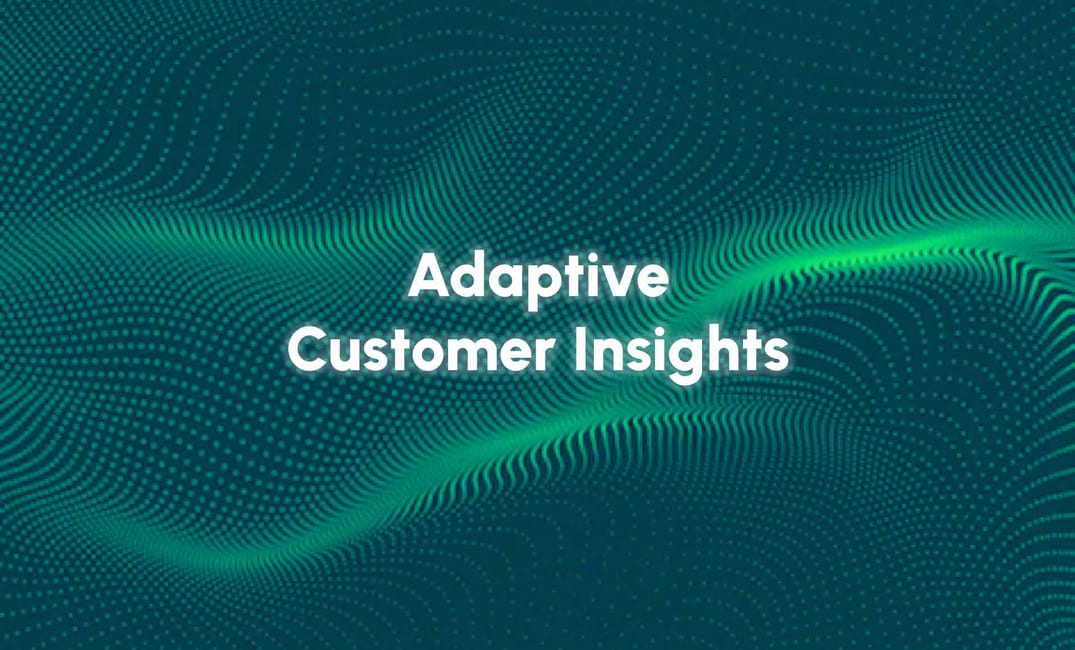In today’s fast-evolving digital landscape, businesses must adapt to rapidly shifting customer behaviors and market dynamics to stay competitive. Adaptive data maturity signifies the highest level of data management sophistication, where advanced analytics and predictive modeling empower organizations to anticipate customer needs and act in real-time. At this stage, data becomes a tool not just for decision-making but for innovation, enabling businesses to redefine customer engagement and drive future success.
What Is Adaptive Data Maturity?
Adaptive data maturity is achieved when organizations harness data to predict, respond to, and shape customer behaviors. For example, an eCommerce company might use predictive analytics to forecast which products a customer is likely to buy next based on their browsing and purchase history. This capability allows for real-time personalization, improving conversion rates and delivering a superior customer experience.
This level of maturity transcends retrospective analysis by enabling businesses to:
- Generate real-time insights from integrated data sources.
- Apply predictive analytics to forecast trends and customer outcomes.
- Automate decision-making processes to scale personalized customer experiences.
By evolving from reactive to proactive—and ultimately predictive—strategies, organizations can thrive in rapidly changing environments where customer expectations continue to rise.
Core Components of Adaptive Data Maturity
Adaptive data maturity relies on a combination of interconnected capabilities that enhance how businesses utilize their data.
Predictive Analytics
Predictive analytics allows organizations to anticipate customer needs, behaviors, and trends. By employing machine learning algorithms on historical data, businesses can uncover patterns and forecast outcomes. For instance, a subscription service could identify customers at risk of canceling and implement targeted retention campaigns, improving satisfaction and reducing churn.
Real-Time Decision Engines
Real-time decision engines enable organizations to analyze contextual data and automate responses during customer interactions. These systems facilitate dynamic adjustments, such as recommending personalized products, modifying pricing strategies, or triggering tailored marketing campaigns based on live behaviors.
Omnichannel Orchestration
Delivering consistent customer experiences across all channels—from email to mobile apps and physical stores—requires advanced orchestration tools. Adaptive data maturity ensures that interactions are cohesive and contextually relevant. For example, a retailer might send location-specific promotions via their app when a customer enters a store, bridging the gap between online and offline engagement.
Advanced Governance Frameworks
As data ecosystems grow more complex, robust governance frameworks become essential. These frameworks incorporate automated quality checks, compliance management, and scalable solutions to maintain data integrity. By ensuring reliable and actionable insights, businesses can build customer trust while maintaining operational excellence.
Tools and Technologies for Adaptation
Achieving adaptive data maturity requires leveraging advanced tools and technologies that support seamless analytics, automation, and integration.
AI and Machine Learning Platforms
Artificial intelligence and machine learning platforms drive predictive capabilities by enabling organizations to model behaviors, identify trends, and automate decisions. Cloud-based solutions like Google AI and AWS Machine Learning ensure scalability for growing data demands.
Event-Driven Architectures
Event-driven systems process and react to customer data in real-time. Tools such as Apache Kafka and AWS Lambda allow organizations to dynamically adapt to customer actions, enabling immediate and contextually relevant responses.
Customer Data Platforms (CDPs)
CDPs consolidate and organize customer data from multiple sources into unified profiles. Advanced CDPs incorporate AI capabilities to enhance data enrichment and segmentation, forming the backbone of predictive and adaptive analytics.
Privacy and Security Tools
Privacy compliance tools ensure adherence to regulations like GDPR and CCPA while maintaining customer trust. Platforms such as OneTrust and BigID provide comprehensive solutions to manage consent, monitor risks, and safeguard data usage.
Overcoming Barriers to Adaptive Maturity
While the advantages of adaptive data maturity are significant, the journey is not without challenges. Organizations must address the following hurdles effectively:
Scalability Challenges
Handling the massive scale of data required for adaptive maturity can be daunting. Investing in scalable cloud infrastructure and optimizing data pipelines are essential steps to managing large and complex datasets with efficiency.
Cultural Transformation
Transitioning to adaptive data practices requires a shift in organizational culture. Leadership should champion data-driven approaches through initiatives such as targeted training sessions, inter-departmental workshops, and pilot projects that demonstrate the value of adaptive tools. These efforts can build cross-departmental momentum and align teams with shared goals.
Cost Constraints
Implementing adaptive systems demands significant investment in technology and expertise. Businesses can overcome cost barriers by adopting a phased implementation strategy, focusing first on high-impact areas to achieve early ROI and build internal support for continued investment.
Strategic Benefits of Adaptive Data Maturity
Organizations that achieve adaptive data maturity unlock critical advantages that position them for long-term success. Predictive analytics fosters proactive customer engagement by anticipating needs and responding in real-time. Adaptive systems drive scalable innovation, enabling businesses to test and expand new strategies efficiently. Operational agility is enhanced through real-time insights, streamlining decision-making and enabling swift reactions to market shifts. Finally, compliance with privacy regulations and transparent practices strengthens customer trust, fostering loyalty and competitive differentiation.
By achieving these benefits, organizations not only meet market demands but also shape the future of their industries.
Conclusion
Adaptive data maturity stands as the pinnacle of data innovation, empowering organizations to predict customer needs, optimize interactions, and maintain agility in an ever-changing market. By investing in predictive analytics, real-time decision-making, and robust governance, businesses can unlock deeper customer loyalty, operational efficiency, and a sustainable competitive edge.
Achieving adaptive data maturity is not a singular effort but a continuous journey requiring strategic investment and cultural alignment. However, the rewards—from increased revenue and customer satisfaction to industry leadership—make the effort invaluable. Begin your journey toward adaptive data maturity today and realize the transformative power of truly data-driven insights.

